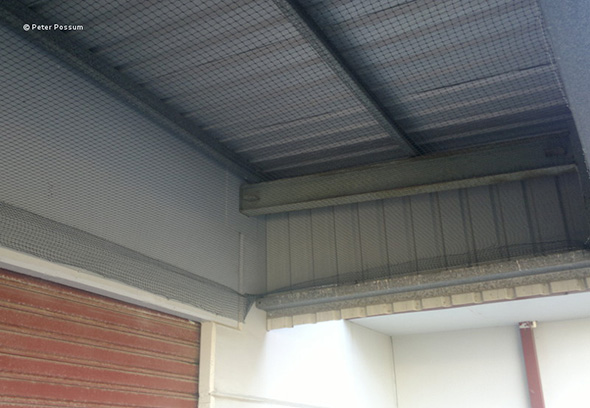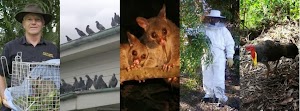Anti-bird netting is a commonly used term to describe the placing of nets to exclude birds and is most frequently applied to the practice of hanging a loose net over a fruit tree; this is usually done during the fruiting season to try to protect the ripe fruit from damage.

Fulcrum St. Bird Netting
Unlike a permanent installation, this use of netting is usually only temporary. Unfortunately loose netting, while cheap to buy and easy to throw over a bush or small tree, is often a serious trap for birds and fruit bats. The folds in the netting get tangled with the bird’s wings and legs and can result in a painful death. If a fruit bat gets entangled then a specialist rescuer is needed to remove it.
This is important because the bats can carry a dangerous virus and so should never be handled by an untrained and unvaccinated member of the public. Unfortunately some of these nets are left throughout the year and are not maintained, so they can become a real hazard for wildlife. They are often made of material that is not UV stable and so they start to disintegrate when left in sunlight.
This results in small holes and an even greater risk of entangling birds and small mammals.
So generally, for low bushes and small fruit trees, loose anti bird netting is mainly OK for wildlife as long as it’s regularly checked and removed at the end of the fruiting season.
Some people use the anti-bird netting term to also refer to professionally installed netting where the key difference is the way the net is stretched over supporting cables. The tension in the net means there is very little risk of animals or birds getting entangled because if they collide with it, the tension means the animal or bird will bounce off or be able to stand on it. For additional advice about anti bird netting consider the information under “how to install bird netting”.







